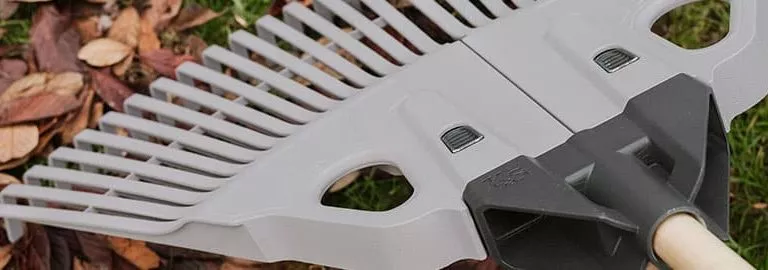Now that autumn is here, it’s time to think about the jobs you can do to get your garden prepared for winter and the following spring. In autumn, it’s all about tidying. This is so your garden will look tidy throughout winter, and so that you get the head start you want for spring.
Lawn Care
Before the cold weather starts to set in, the first job to do in autumn is clearing your lawn of any fallen leaves. Not only does it help to make your lawn look good, but it also allows all the air and nutrients to get to your lawn. Leaves can form a layer that blocks water, air flow, and nutrients from getting down to the root system. If the leaves are matted down, they can even keep new blades of grass from emerging next spring. Use a good rake to collect all the fallen leaves, and you’ll have a leaf-free lawn in no time.
Mowing
Another autumn gardening job is to mow your lawn for the final time. Ensure you set your mower blades higher than you have been using in summer to leave your grass slightly longer for winter. Trim all of the edges to leave them neat using a lawn edging tool and lawn shears for the perfect finish.
Late autumn, when grass stops growing, is the perfect time to give lawnmowers a thorough clean before packing them away. However, with milder winters becoming more common due to climate change, an occasional mow with the blades set high may be needed later in the season. Never mow lawns when they’re waterlogged or frozen – wait until more favourable conditions arrive.
Feeding & Overseeding
Autumn is the ideal time to overseed your lawn, giving tired or patchy grass a new lease of life. Cooler temperatures and higher rainfall create the perfect conditions for seed germination, while the soil still retains enough warmth from summer to help new grass establish quickly.
Overseeding helps to thicken up thin areas, improve the overall appearance of your lawn.. It also prevents weeds and moss from taking hold. Before sowing, prepare the lawn by mowing it short and scarifying to remove thatch and moss. This opens up the soil surface and allows seeds to make better contact with the ground. Rake lightly afterwards to create a fine tilth for the seed.
Once the ground is ready, spread a quality lawn seed, like Gro-Sure Smart Seed Fast Start, evenly over the area.
To give your new grass the best start, avoid applying weed or moss treatments until it is well established.
Read our article to find out more about how to overseed a lawn or watch our video below.
Feeding your lawn in autumn is one of the best ways to prepare it for the colder months ahead. As temperatures drop, grass growth naturally slows, but the roots remain active. Applying a specially formulated autumn lawn feed, like Aftercut All In One Autumn, at this time helps strengthen those roots, ensuring your turf can withstand frost, heavy rainfall, and the general wear and tear of winter. Unlike summer feeds, autumn formulas are lower in nitrogen to avoid soft growth and higher in potassium and phosphorus to boost root development and improve disease resistance. By feeding now, you’ll not only keep your grass looking strong and healthy through winter, but you’ll also set the stage for a lush, vibrant lawn when spring arrives.

Bulb Planting
Planting spring and summer-flowering bulbs will ensure that your garden is a riot of colour next season. All you need to do is get bulbs into the ground ahead of winter, then sit back and wait patiently for a floral extravaganza.
For brilliant displays of cheerful daffodils that come back year-after-year, choose the fattest bulbs and make sure they’re firm, with no signs of decay. Bulbs thrive in moisture-retentive, well-drained soil, ideally in a sunny position. Daffodils prefer to be planted early in autumn, so get bulbs into the ground without delay.
October is also the last chance to get spring-flowering crocus bulbs into the ground, along with alliums, many of which begin to bloom from Chelsea Flower Show time in May. Bulbs of summer-flowering favourites such as crocosmia and lilies can also go into the ground in October. If you’re pressed for time, winter aconites, hyacinths, and snowdrops can still be planted in November.
We recommend using a specialist compost like Westland Bulb Planting & Potting Mix that contains added zinc complex that naturally supports plant health for an abundance of stronger, healthier bulbs and vibrant flowers. It also contains grit to ensure there is free drainage with the perfect balance of nutrients.
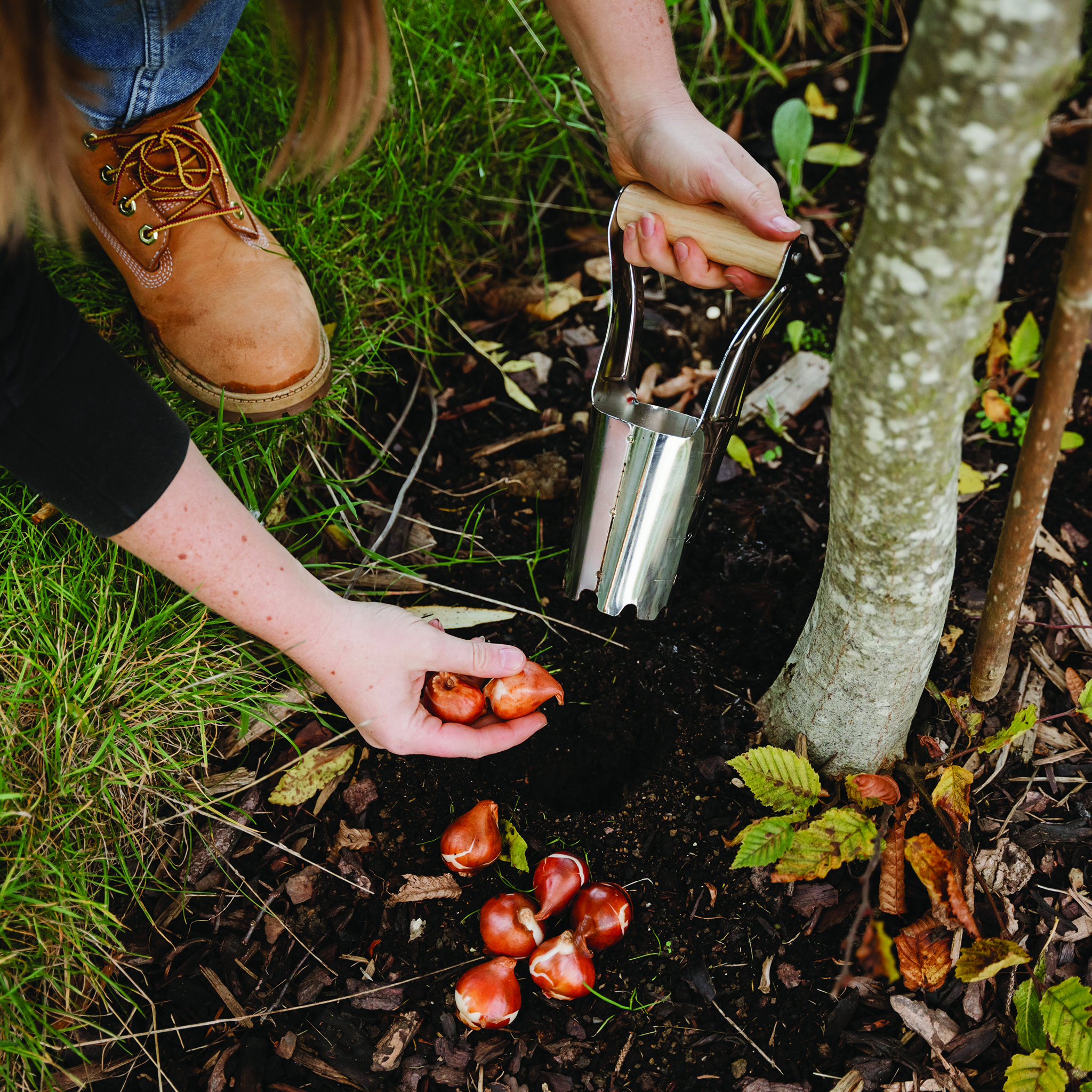
Beds & Borders
It is also worth tidying your beds and borders. Remove any dying leaves and collapsed stems from perennials with secateurs. Then remove any weeds in the borders. Finally, cover your beds and borders with a mulch or bark to help insulate plant roots over winter.
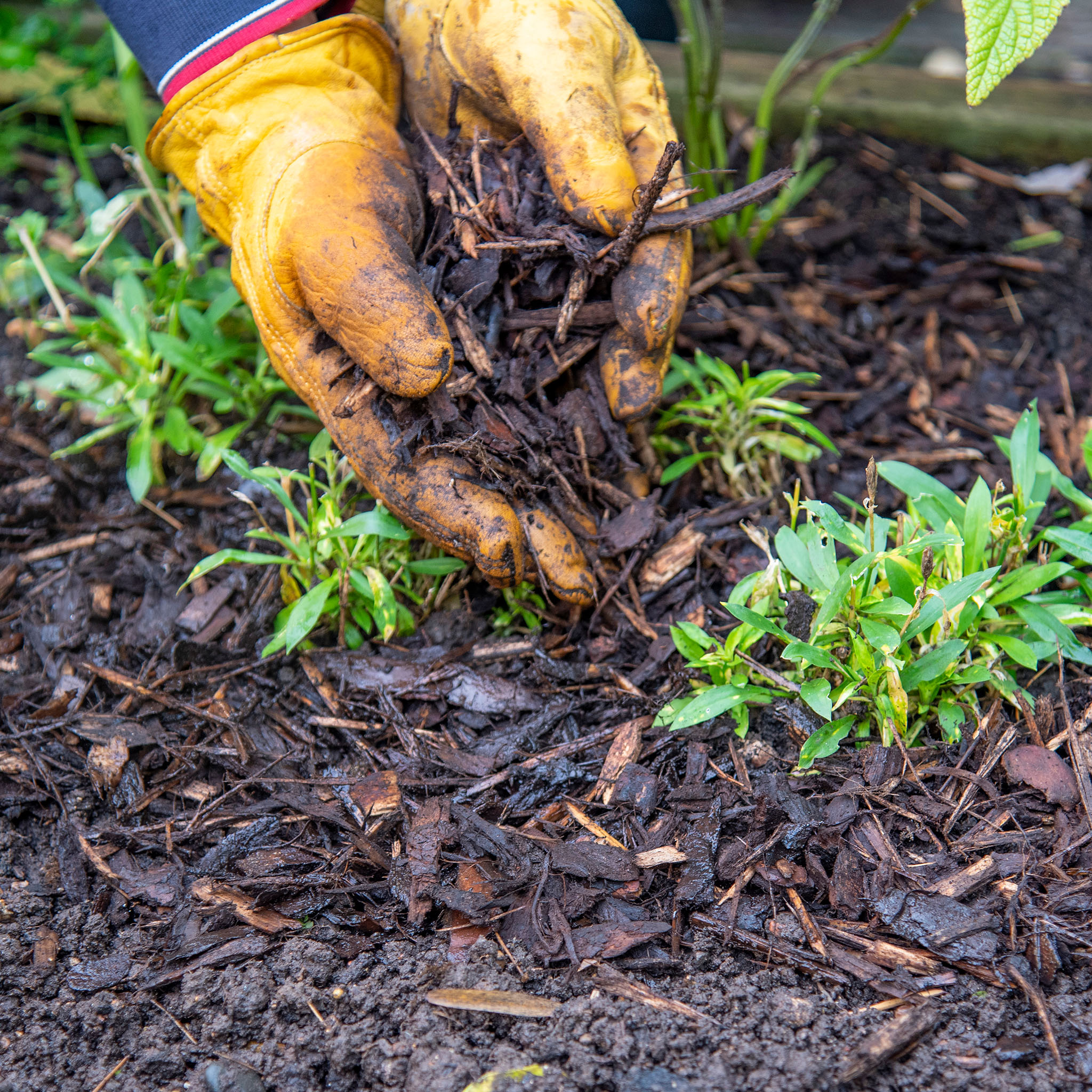
Autumn gardening should also mean you put away any plant supports you have used in summer. Cut down annual climbers and remove any dead stems and foliage from the supports. Wash off any soil and treat them to store over winter. If you find that you require new supports, ensure you select the best ones for the type of plants you would like to support, or a simple bamboo cane.
Pruning in Autumn
Clear away any of your spent plants to ensure they do not host pests and diseases. Continue to deadhead any flowering plants, especially roses, with a sharp pair of secateurs, as they can continue to bloom for another month or two.
As flowering stems of perennials such as delphinium, crocosmia, and peony die back, cut unsightly growth down to ground level. However, certain herbaceous perennials such as penstemons and salvias need the protection of this year’s growth to keep them safe from frost, so use sharp secateurs or shears to just remove the dead flowers and top growth for now. Leave attractive standing stems and seed heads in situ for winter interest and wildlife.
Planting trees, shrubs, and perennials
Our changing UK climate means increasingly the best time to plant trees, shrubs, and perennials is during autumn and winter when it is cool and moist. Springs can be dry and warm; establishing new plants at this time can be harder work than in autumn.
When planting trees, shrubs, or perennials, add a sprinkle of Fish, Blood & Bone to the planting hole. This contains nitrogen, phosphorus, and potassium, which will help ensure good root growth. Alternatively, add Growmore, a balanced fertiliser.
We also suggest using a specialist Tree & Shrub Potting Mix that has been specially blended to support plant health, strengthening trees and shrubs from the inside out. With 6 6-month slow release feed and added zinc complex, this blend ensures your best ever trees and shrubs.
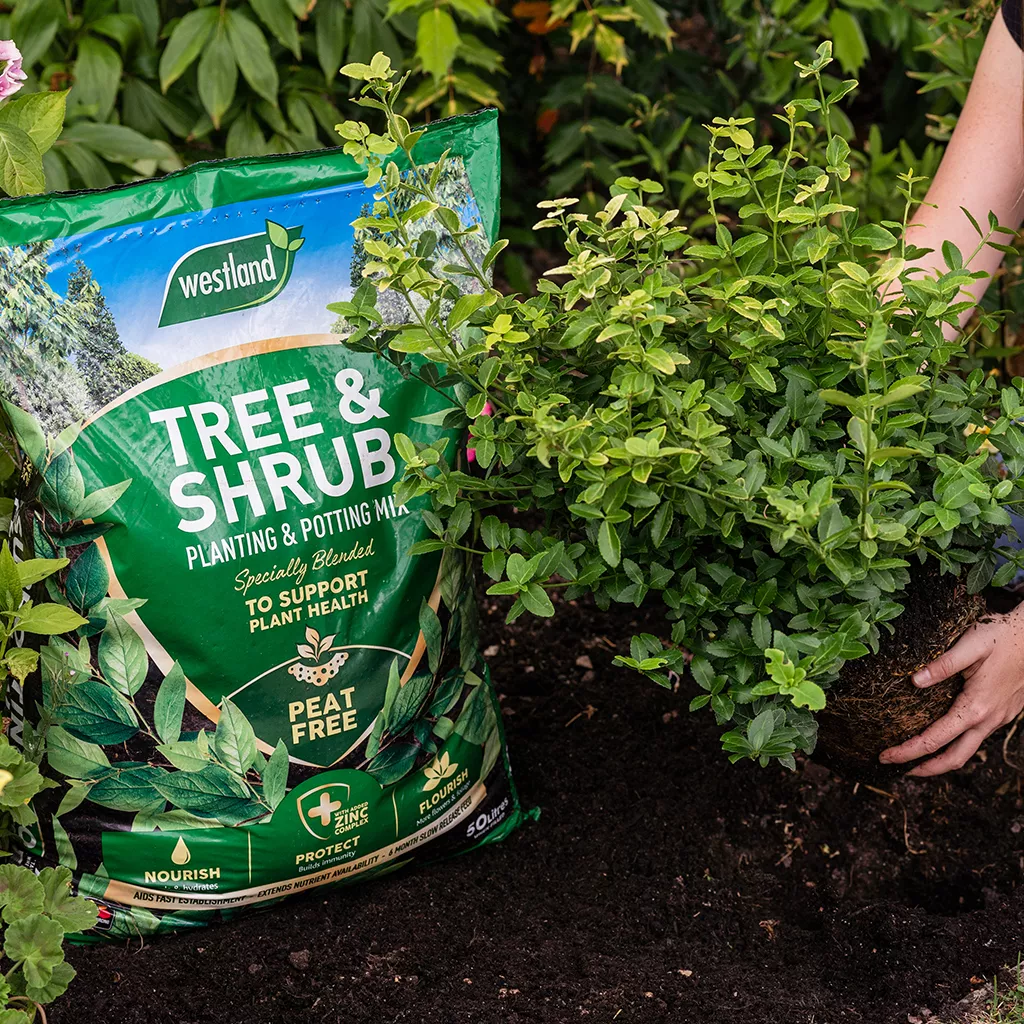
Autumn Tree Care
Another autumn gardening job is to take care of your trees. Use a Winter Tree Wash on all fruit trees and bushes, as this will help protect the tree from overwintering moths and insects. It is also a good time to water trees before the cold months arrive. This ensures they are kept well hydrated over the winter. Make sure you give them a prune too, as this helps to relieve stress and allows them to keep growing.
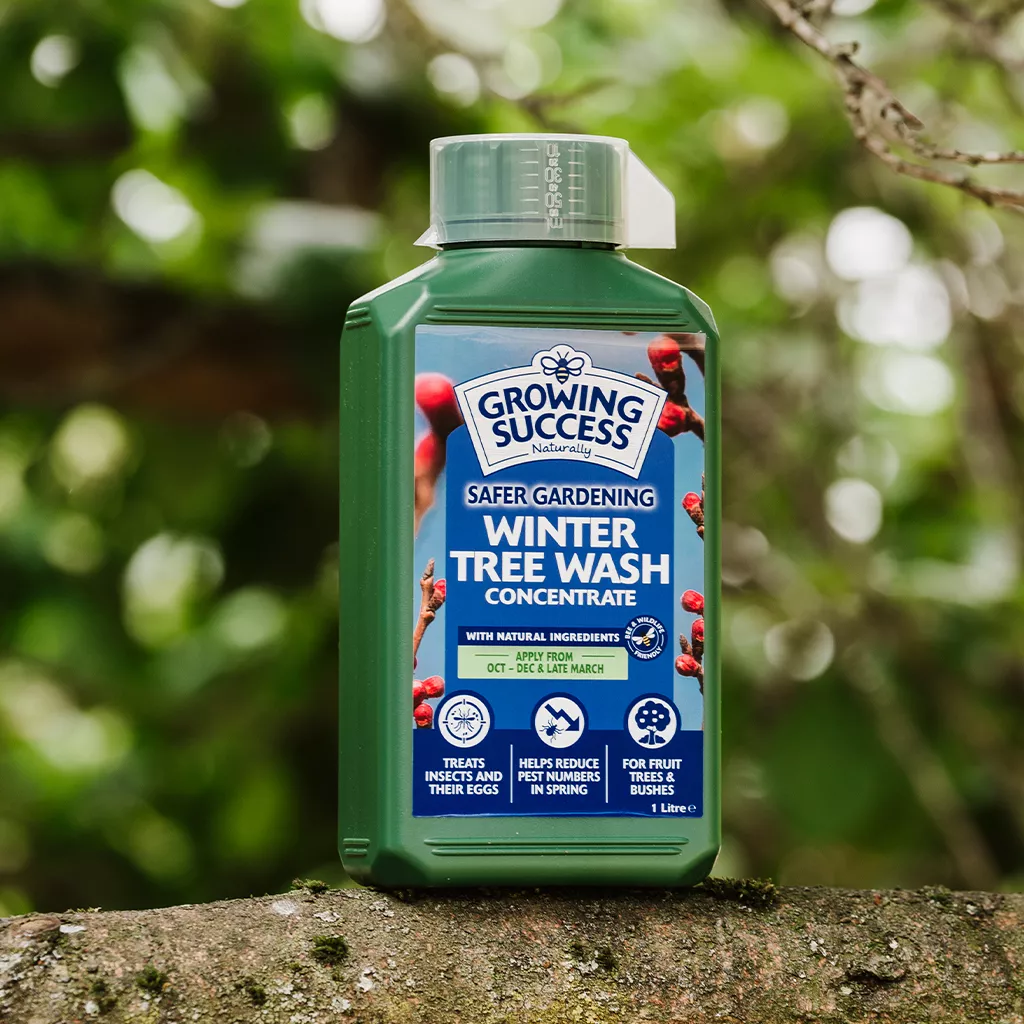
Finally, don’t forget to purchase your winter bedding plants early and plant them up so they are well bedded in before winter arrives.

